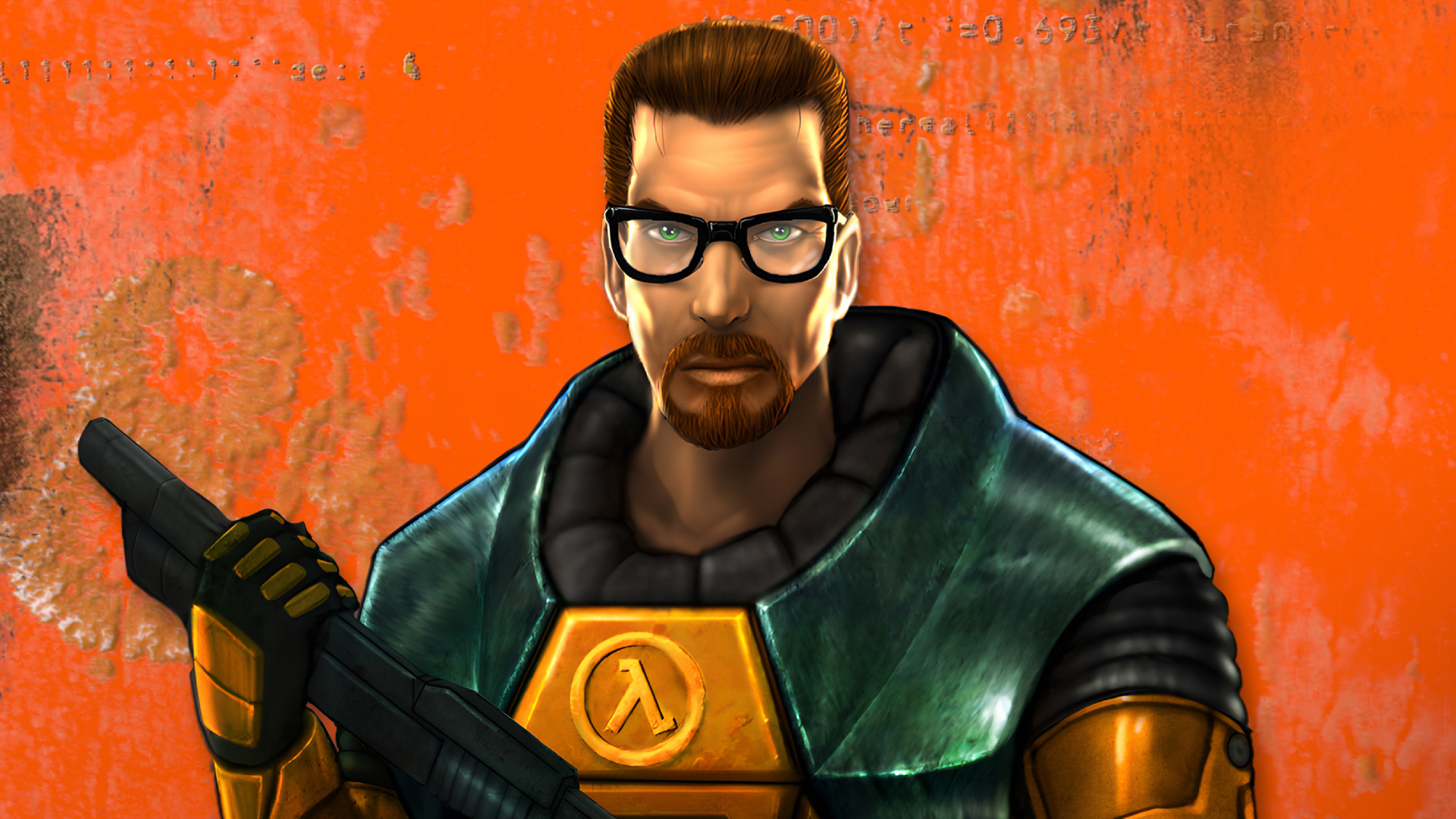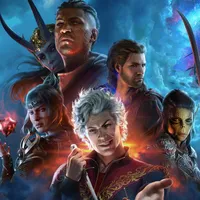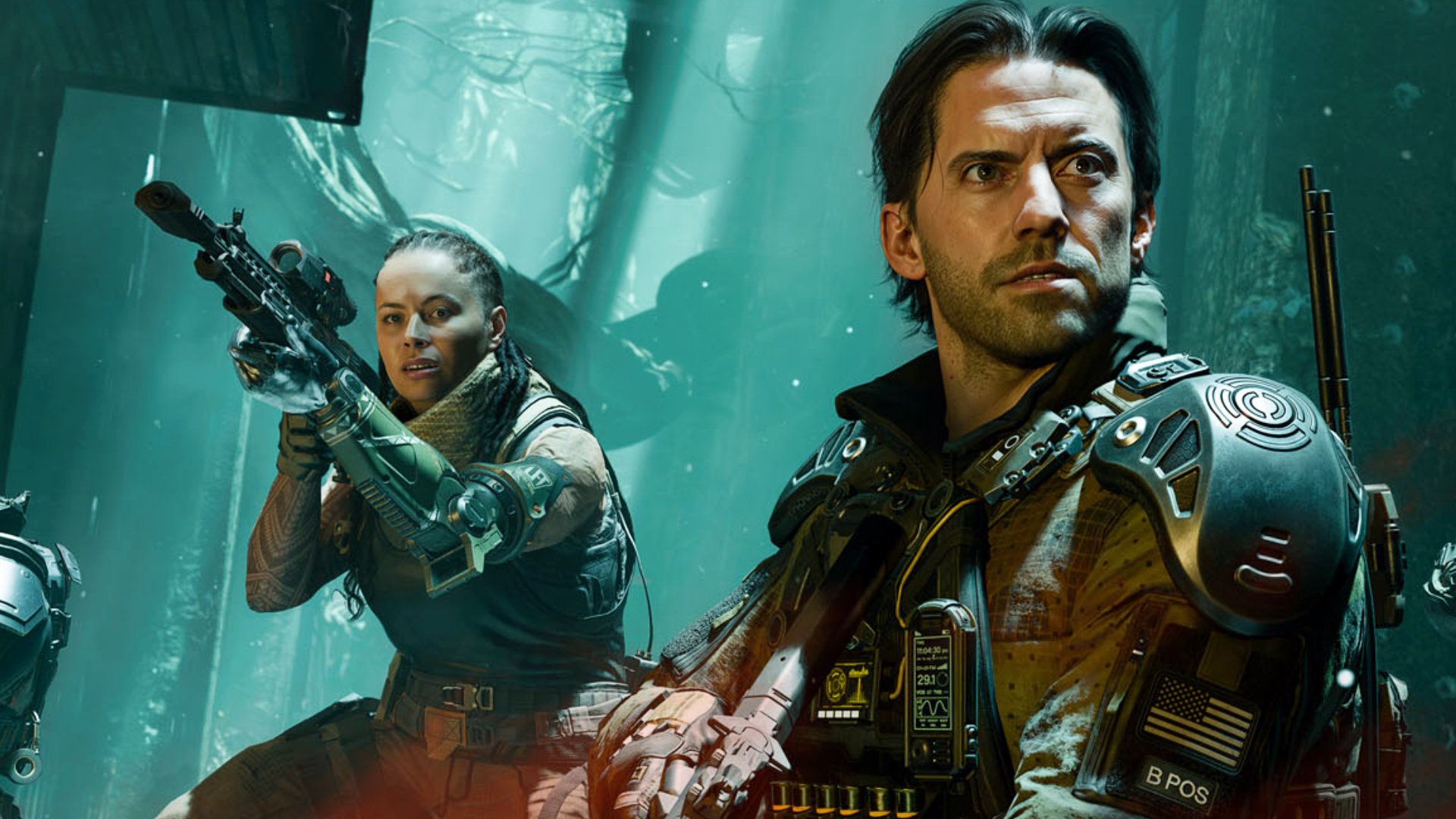
We're in another grim period for poorly optimised PC games, with the last couple of years bringing us a string of power-hungry virtual slideshows such as 2023's Star Wars Jedi: Survivor and, more recently, Borderlands 4. Corpos like Randy Pitchford think we should stop moaning and fork out for a better PC, as playing the best-looking games simply demands a rig capable of lighting a small town.
But perhaps there's another way, one where good design and technical ingenuity can remove some of the sting from system requirements. In a roundabout way, this was recently demonstrated by modder, YouTuber, and mapper Goonya's Animations, who took a map he was making for Half-Life 2 and somehow made it run in Half-Life 1's GoldSrc engine with minimal visual difference.
In a video titled "This is GoldSrc", Goonya showed off the map in action. The video starts with a run-through of the Half-Life 2 version of the map, which is midway through development. Its handful of corridors includes a room filled with computer terminals and faux-digital displays, and tiled floors with fetching phong-shaded reflections.
In descriptive captions running through the video, Goonya notes that he "used [Half-Life 2's] standard assets to bake lighting onto a single prop in Blender" while the map uses "two 2048x2048 DXT1 unlit textures with an overall file size of 4mb."
Then, the video transitions to the same map rendered in GoldSrc. You can tell it's Half-Life due to the lower-poly crowbar held by the player character. There are a couple of other differences, too. There's no phong shading on the floors, and the screen readouts are all static, whereas they're animated in the Half-Life 2 version. Goonya also notes that, "due to GoldSrc limitations, all of [the] 2K atlases were split into lots of 512x512 textures."
Apart from that, though, the map looks virtually identical. It retains the same moody lighting and shadowing seen in the Half-Life 2 map and the same model detail on objects like all those lovely, bumpy computer terminals. Yet while the glow-up is impressive, getting Half-Life to run on a modern machine isn't exactly difficult, even with all the bells and whistles Goonya added.
But Goonya is one step ahead of us, running a performance test for the map on a Pentium 4 laptop from 2002. Using "one of the oldest Half-Life builds which runs on Windows XP, Goonya shows his level running between 30 and 60 fps on a machine that would have been significantly out of date when Half-Life 2 launched.
Keep up to date with the most important stories and the best deals, as picked by the PC Gamer team.
The response to Goonya's video holds it up as a victory over technically unwieldy modern games "The fact that those graphics run so well on such an old and bad computer really shows that modern games need better optimisation," writes YouTube user DotMeister in the comments. Several replies reasonably point out that modern games are much more visually complex than Valve's classic shooters. " Half-Life 2 and the original Half-Life are doing nowhere near that under the surface," statejic1020 points out.
Nonetheless, the video does highlight the performance/fidelity benefits that traditional lighting systems can still provide over all-purpose solutions like ray tracing. And this is more relevant to modern games than you might think. For Battlefield 6, EA opted not to use ray tracing or mandate DLSS for good baseline performance, instead focusing on making the best-looking game that was, in the words of technical director Christian Buhl, "performant without a lot of extra stuff".
The result is one of the slickest PC gaming experiences I've had in ages, running like butter down a cheetah's leg on my ancient 2080 Super. And you know what? I didn't miss ray tracing at all. Goonya's video served as a reminder that games have looked great for a long time now, and developers should be more mindful about whether pushing for marginal extra gains is worth the performance (and in many cases, financial and human) cost.
2025 games: This year's upcoming releases
Best PC games: Our all-time favorites
Free PC games: Freebie fest
Best FPS games: Finest gunplay
Best RPGs: Grand adventures
Best co-op games: Better together
Rick has been fascinated by PC gaming since he was seven years old, when he used to sneak into his dad's home office for covert sessions of Doom. He grew up on a diet of similarly unsuitable games, with favourites including Quake, Thief, Half-Life and Deus Ex. Between 2013 and 2022, Rick was games editor of Custom PC magazine and associated website bit-tech.net. But he's always kept one foot in freelance games journalism, writing for publications like Edge, Eurogamer, the Guardian and, naturally, PC Gamer. While he'll play anything that can be controlled with a keyboard and mouse, he has a particular passion for first-person shooters and immersive sims.
You must confirm your public display name before commenting
Please logout and then login again, you will then be prompted to enter your display name.



